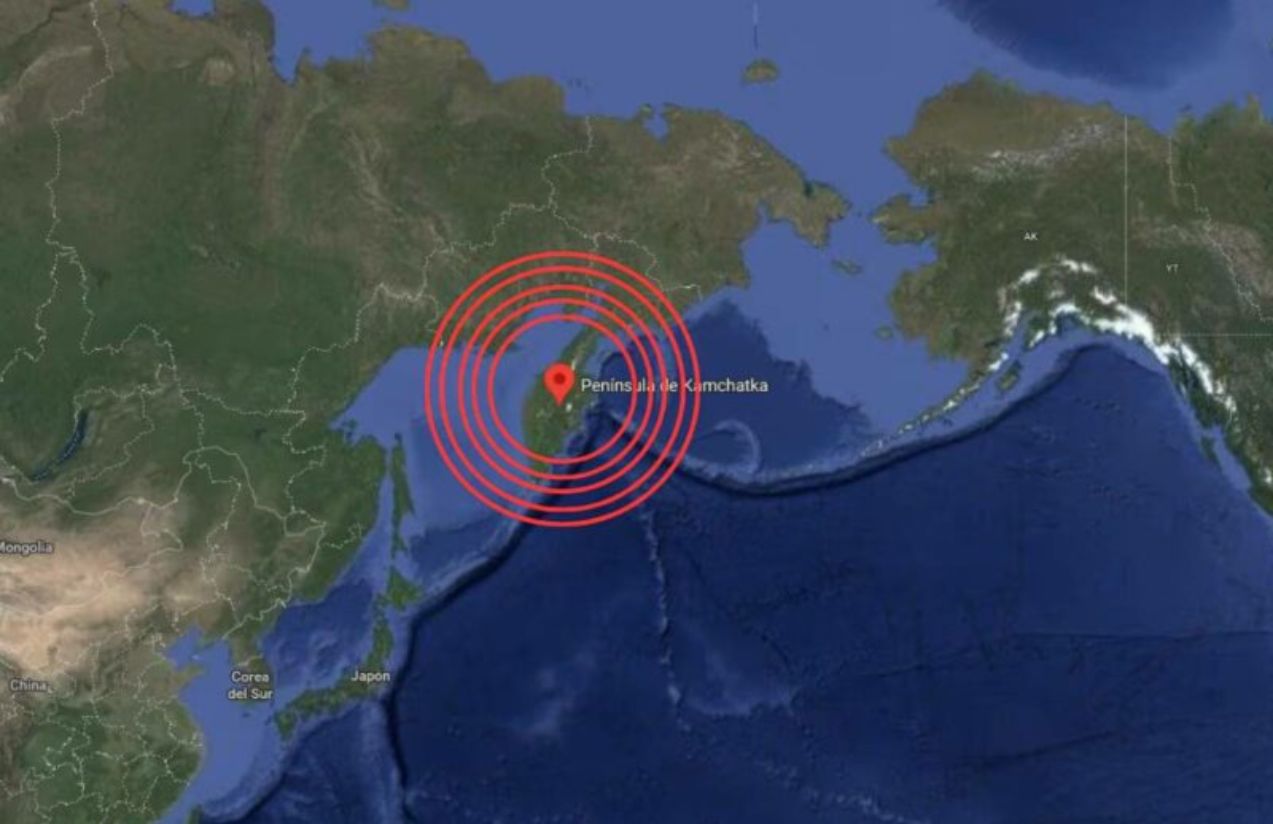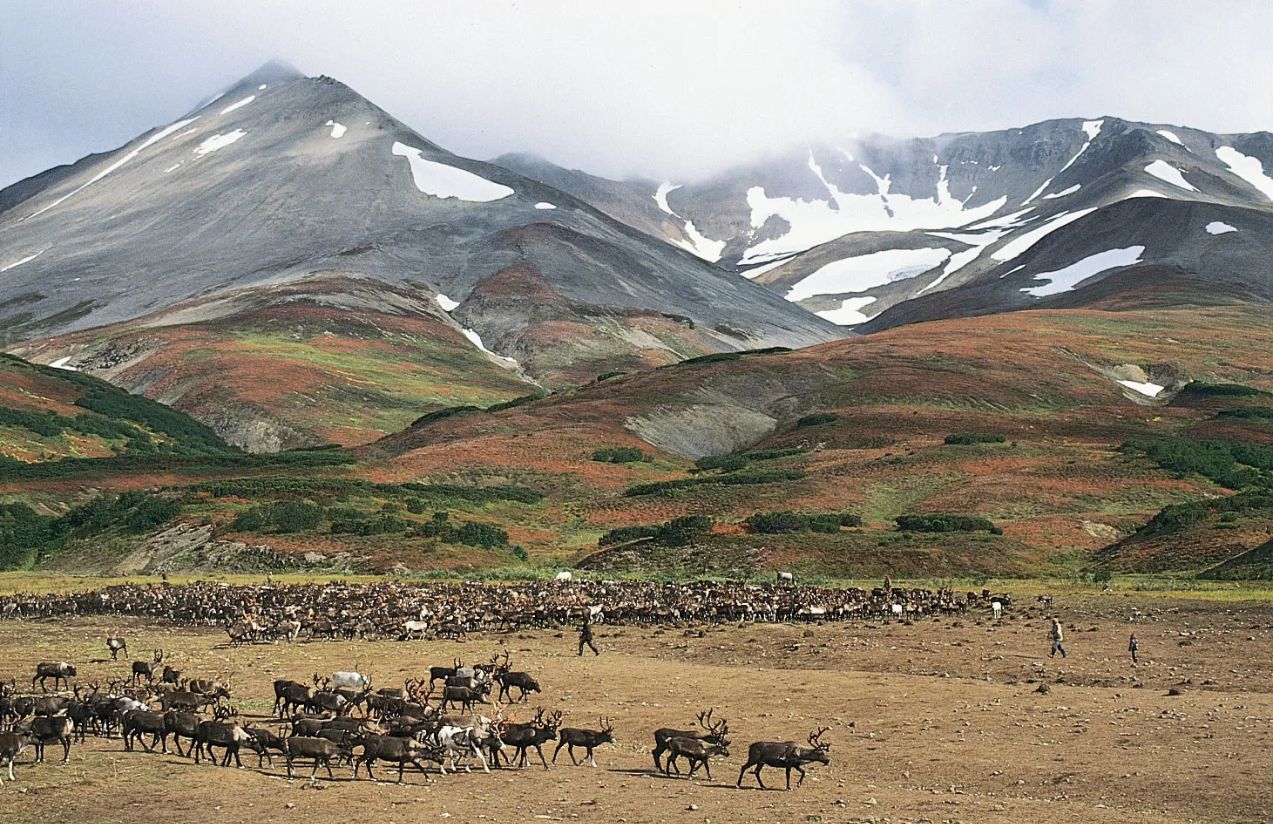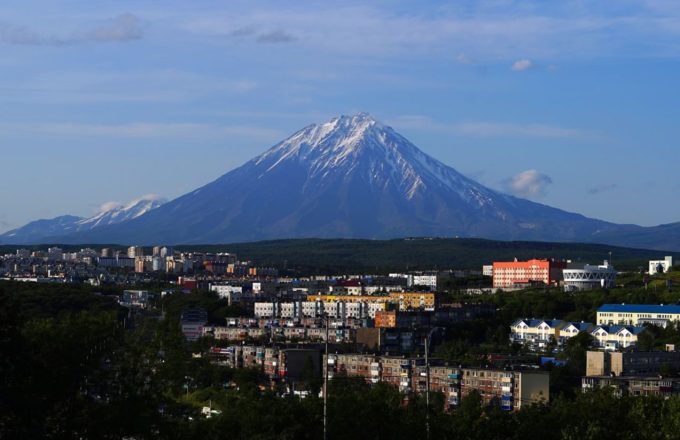A powerful magnitude 8.7 underwater earthquake, the strongest recorded in decades in the region, struck Russia’s Kamchatka Peninsula in the Far East on Monday. The epicenter was located approximately 125 km southeast of Petropavlovsk-Kamchatsky at a shallow depth of 19.3 km, increasing the risk of surface damage.
In Kamchatka, waves up to 4 meters high were recorded, flooding several coastal towns, including Severo-Kurilsk. Local authorities evacuated residents, and material damage was reported, including the partial destruction of a kindergarten, but no fatalities have been confirmed so far.
The earthquake triggered tsunami warnings from multiple Pacific nations. Japan issued evacuation orders along its eastern coast, anticipating waves of up to 3 meters. In the U.S., Hawaii declared a state of emergency, and tsunami watches or alerts were issued for coastal areas of Alaska, California, Oregon, and Washington.

Is there real danger for distant countries like the U.S. or Japan?
Yes. According to the Pacific Tsunami Warning Center, even though the quake’s epicenter was distant, waves and strong currents can still affect far-off shores. In Hawaii, the first wave was expected around 7:17 p.m. local time, while California’s coast was placed under watch during the night.
Conclusion:
This earthquake stands as one of the most intense seismic events in recent years within the Pacific Ring of Fire. In Russia, the combination of a shallow epicenter, powerful magnitude, and high waves increased emergency risks. While no deaths have been confirmed, the global response, from evacuations to coastal watches, reflects the far-reaching impact of the disaster. Authorities across Pacific nations are urged to remain on high alert and follow emergency protocols closely.










